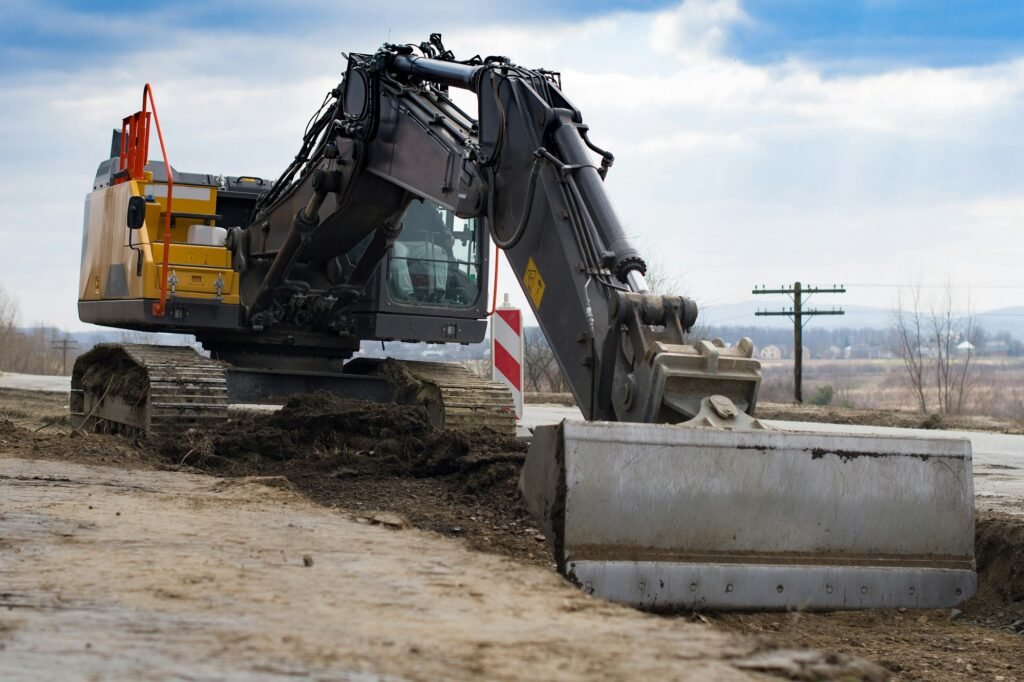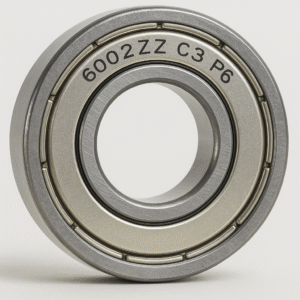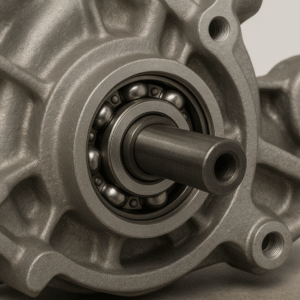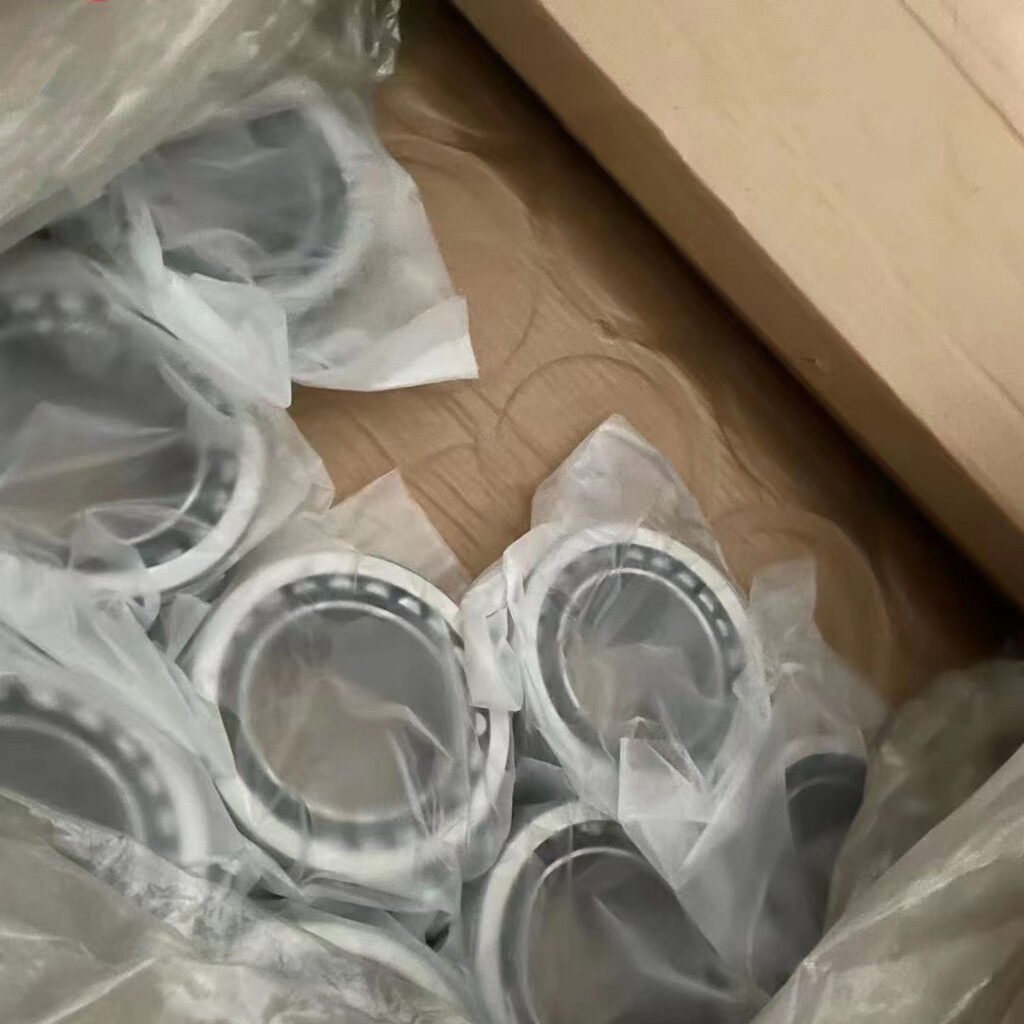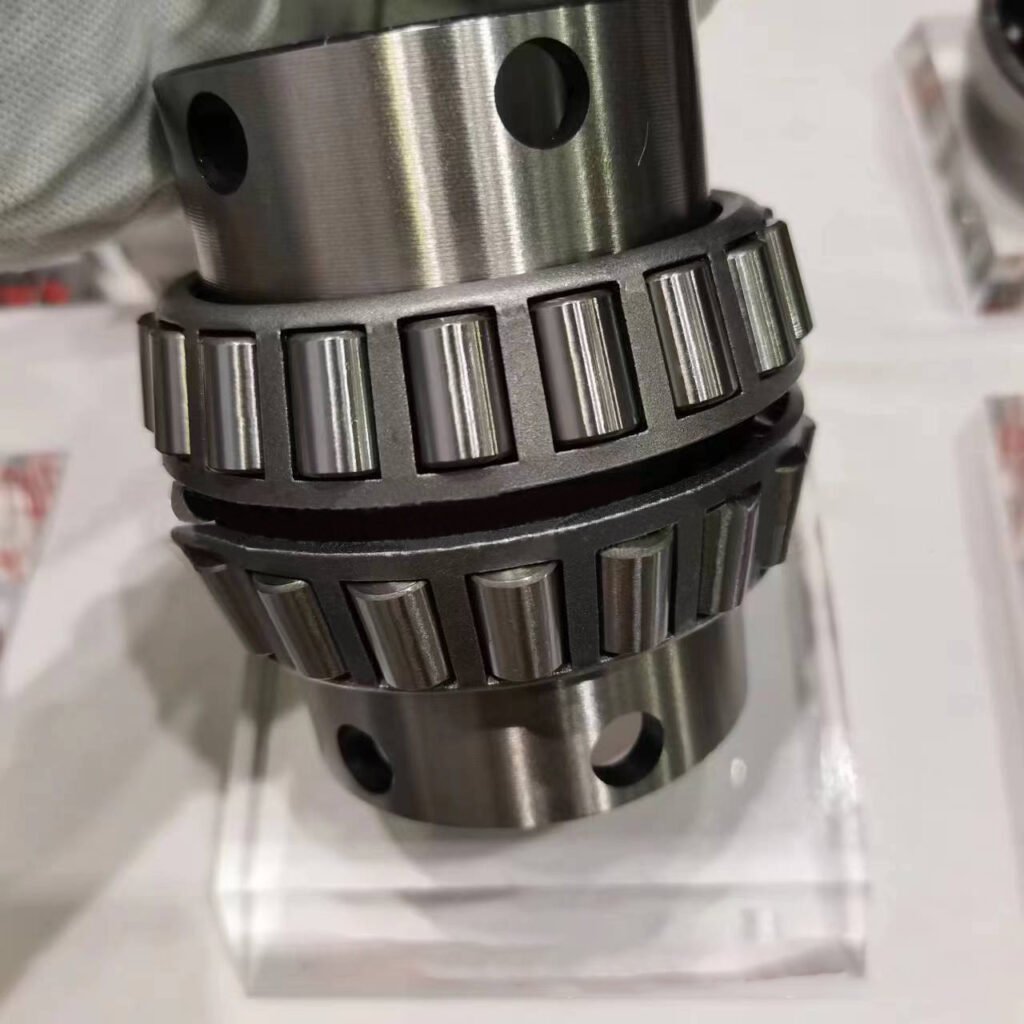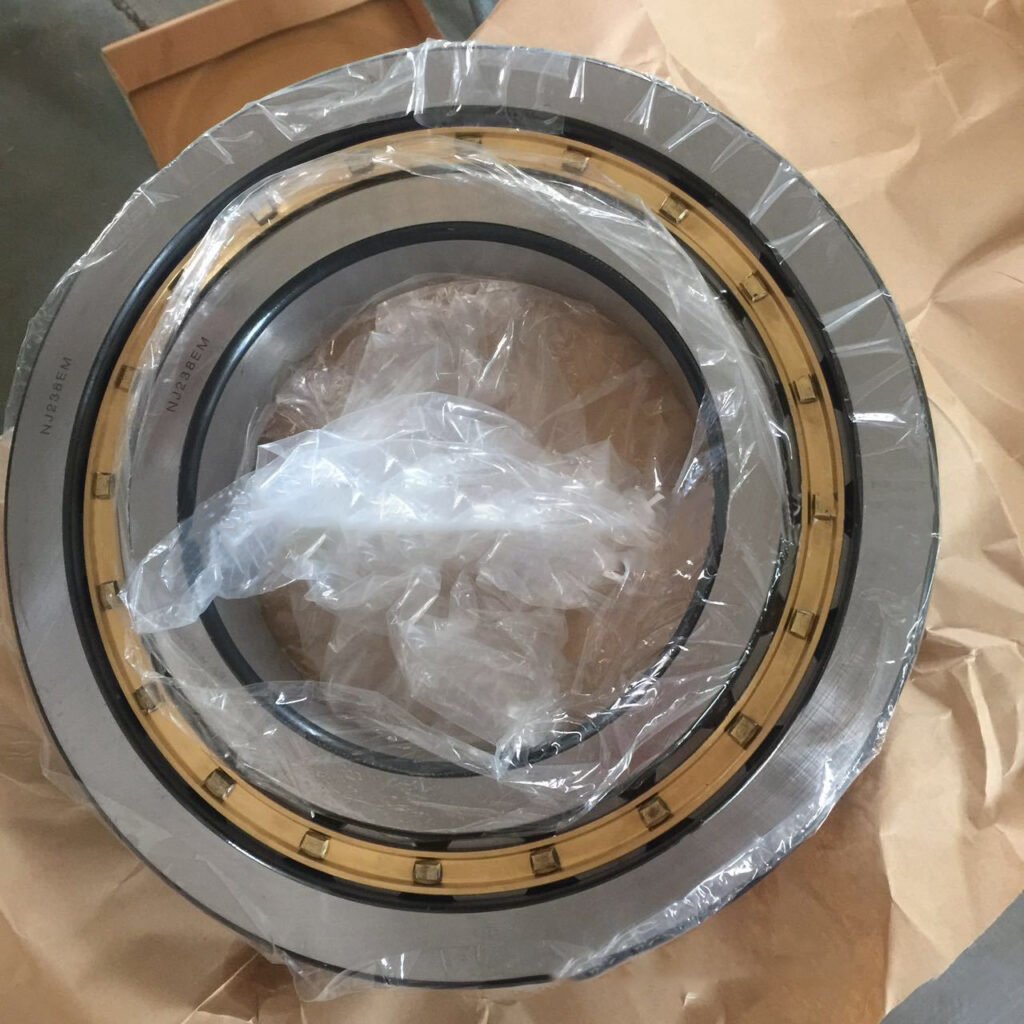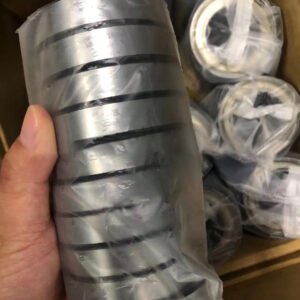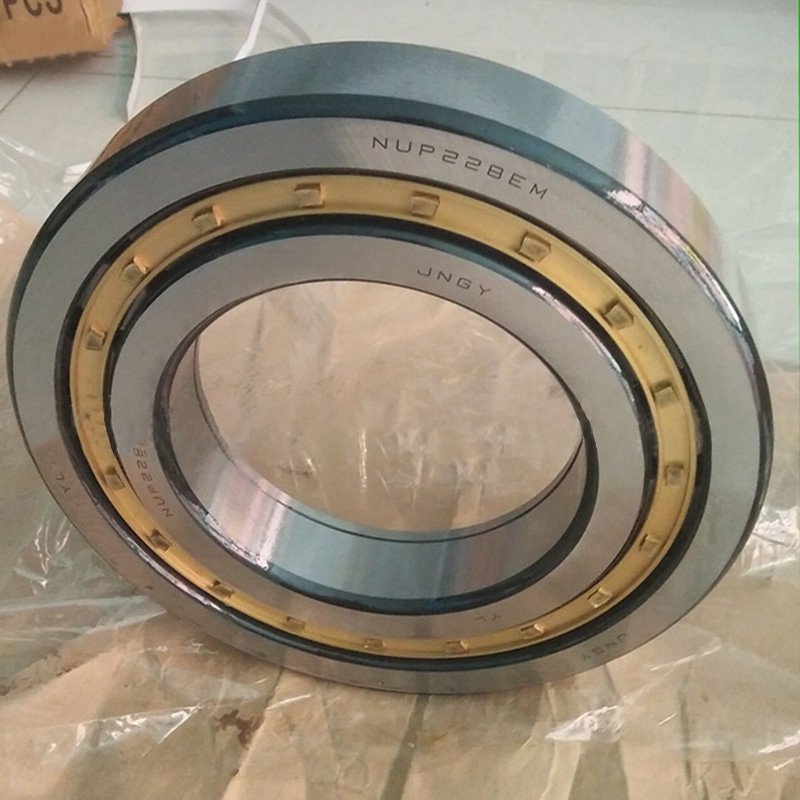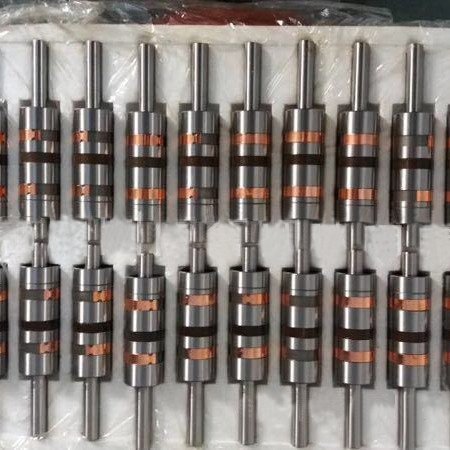Lubrication is an effective way to prevent bearing failure during operation and extend the service life of bearings. Almost all bearing manufacturers will tell customers in the operating manual to add lubricant to the bearings regularly. SKF, a world-renowned Swedish bearing brand, has always emphasized the importance of bearing lubrication and introduced the benefits of bearing lubrication in practical applications from multiple industries.
https://www.skf.com/cn/products/lubrication-management/the-next-step-in-machine-care
So, how to choose bearing lubricant? From the customer feedback we collected, most bearing users are unfamiliar or have only a limited understanding of the choice of lubricant. Therefore, VKUKEN engineers feel that it is very necessary to write such an article to guide everyone on the important factors to consider when choosing bearing lubricants.
When selecting bearing lubricant, it’s essential to consider several factors to ensure optimal performance and longevity. Here are the key factors to take into account:
1. Operating Temperature
– Temperature range: Lubricants must perform effectively within the expected temperature range of the bearing. High temperatures may require synthetic oils or greases, while low temperatures might need low-viscosity lubricants to avoid thickening.
2. Bearing Load Capacity
– Type of load: Light, moderate, or heavy loads affect the choice of lubricant. Heavier loads typically require thicker lubricants with higher viscosity to ensure a sufficient lubricating film.
3. Bearing Speed of Operation
– Rotational speed (RPM): Bearings operating at high speeds often require low-viscosity lubricants to minimize friction, while slower speeds can tolerate higher-viscosity lubricants for better protection.
4. Bearing Type and Design
– Ball, roller, or other types: Different bearing designs may require specific lubrication strategies. Ball bearings, for instance, may use grease, while roller bearings often require oil lubrication.
– Sealed vs. open bearings: Sealed bearings typically come pre-lubricated, while open bearings may require regular re-lubrication.
5. Contamination Potential
– Exposure to contaminants: If the bearing is exposed to dirt, dust, moisture, or chemicals, the lubricant should have excellent sealing and protective properties, such as water resistance and anti-corrosion additives.
6. Environment and Conditions
– Humidity, moisture, and corrosive elements: Special lubricants with corrosion inhibitors or water-resistant properties may be required for bearings in harsh environments.
– Cleanliness: For precision applications (e.g., in aerospace or medical equipment), the lubricant must maintain a clean, contaminant-free environment.
7. Lubrication Method
– Manual, automatic, or sealed for life: Bearings that require manual lubrication may need different types or quantities of lubricant compared to those using automated systems or pre-lubricated/sealed bearings.
8. Excellent anti-oxidation performance
When the bearing adopts the circulation system lubrication method, the lubricating oil needs to be used for a long time without mildew, so it needs to have excellent anti-oxidation performance.
9. Excellent anti-rust performance
Because the bearing will inevitably infiltrate condensed water or refrigerant in the air during the working process of the intake system, the lubricating oil must have excellent anti-rust performance.
10. Lubricant Type
– Oil vs. grease: Grease is often used for its sealing properties and ease of application, while oil may be better for high-speed or high-temperature applications.
– Additives: Depending on the application, the lubricant may need additives such as anti-wear agents, antioxidants, or extreme pressure (EP) additives.
11. Re-lubrication Interval
– Frequency: Some lubricants are designed for longer service life and extended intervals between re-lubrication, reducing maintenance costs and downtime.
12. Cost and Availability
– Budget considerations: While more expensive lubricants may offer better protection and longer life, the overall cost should be balanced with performance needs and the operational environment.
Conclusion
When choosing bearing lubricants, you need to consider the above factors in combination with the actual application situation and communicate with the lubricant supplier to choose the most suitable product. Lubricants of brands such as ELF, LURODA, SUPER Mild, COPTON, DANFER, Mobil, hercules, and QINGJIE are all options. They have mature technology and good lubricant performance. In actual applications, you should also try different brands and finally choose the best lubricant.





